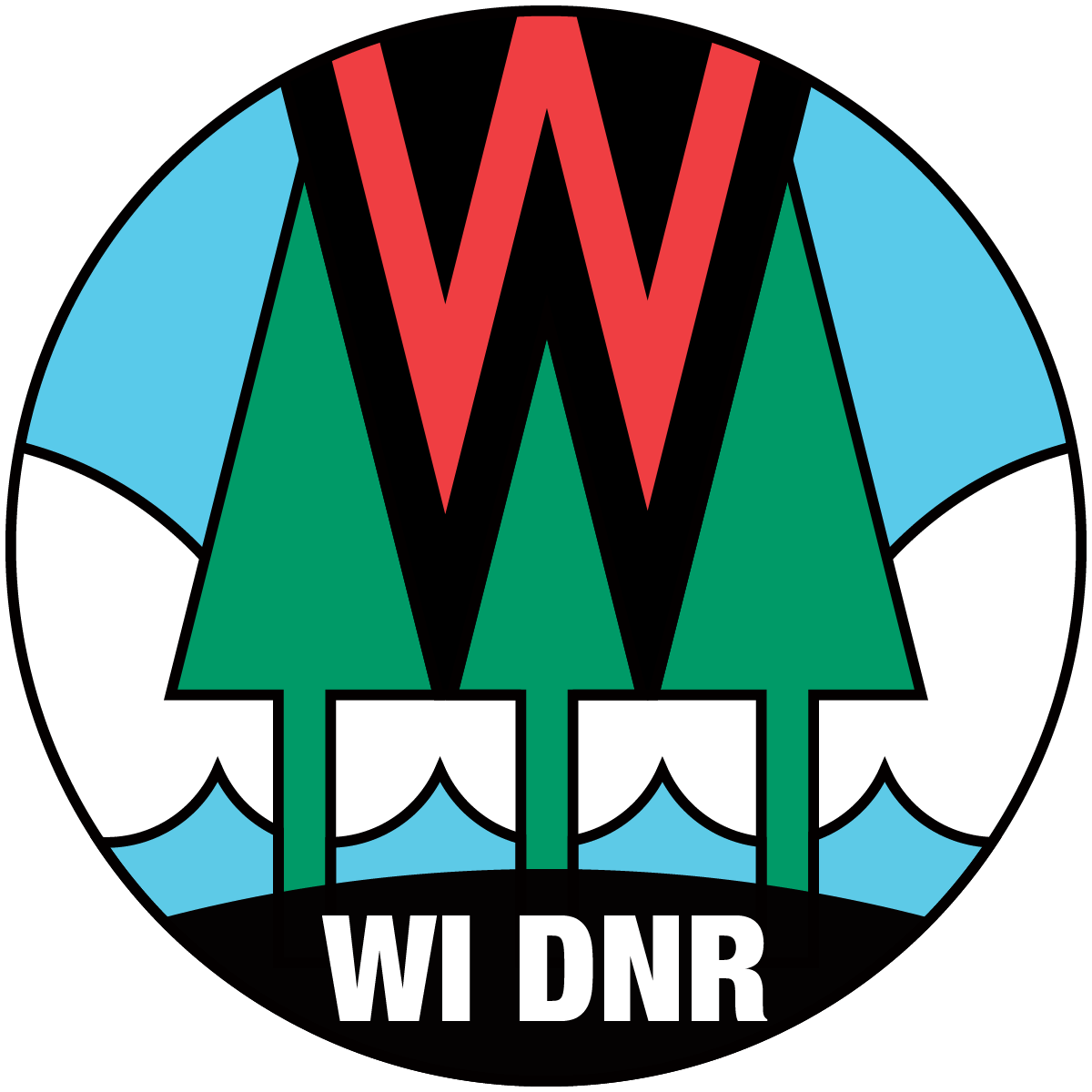Funding Available To Help Communities Address PFAS Contamination In Wastewater
Wisconsin Department of Natural Resources sent this bulletin at 07/31/2023 04:44 PM CDTFunding Available To Help Communities Address PFAS Contamination In Wastewater
The Wisconsin Department of Natural Resources (DNR) recently announced new funding available to help communities address per- and polyfluoroalkyl substances (PFAS) contamination in wastewater. The funds are made available to Wisconsin through the Bipartisan Infrastructure Law (BIL).
The state’s Clean Water Fund Program (CWFP) is a state revolving loan fund that provides financial assistance to municipalities for wastewater and storm water infrastructure projects by providing reduced-interest rate loans, and in some cases, additional subsidy in the form of principal forgiveness to reduce the size of a loan. The Clean Water Fund Program now includes funding dedicated to projects that address emerging contaminants, such as PFAS.
The Clean Water Fund Program Intended Use Plan (IUP) for State Fiscal Year (SFY) 2024 provides in-depth information about available funding, including sources and uses of funds, project types, eligibility, loan terms and federal requirements. The Intended Use Plan identifies $2.527 million in available funding for municipalities to complete wastewater or sewer system projects that reduce or eliminate PFAS contamination.
Potential projects could include:
- Sanitary sewer, storm sewer or wastewater treatment plant building construction requiring groundwater dewatering in areas with PFAS contaminated groundwater
- Biosolids sampling and storage, processing and/or disposal expenses for facilities seeking to investigate or address PFAS in biosolids
- Public sanitary or storm sewer reconstruction or lining projects to reduce inflow and infiltration of PFAS contaminated groundwater or stormwater
- Landfill leachate treatment to remove PFAS at publicly owned landfills prior to discharge to a sanitary sewer or waters of the state
- Development and implementation of best management practices to reduce PFAS concentrations in stormwater at publicly owned, PFAS contaminated sites
- PFAS removal at publicly owned treatment works (when all practicable source reduction efforts have been exhausted)
- Groundwater remediation projects on publicly owned sites where a privately owned responsible party does not exist or has not been identified
Project eligibility, scoring and funding considerations are listed in detail in the Intended Use Plan. To be eligible to apply for funding in State Fiscal Year 2024, applicants must first submit a variance request by Aug. 15, 2023, as the Intent to Apply (ITA) deadline for this fiscal year has already passed.
Variance requests including municipality name, the person requesting access and their WAMS ID should be emailed to Ryan.Atkinson@wisconsin.gov. Instructions for obtaining a WAMS ID can be found on the Online Systems webpage. State Fiscal Year 2024 applicants must then submit an Intent to Apply via the department’s online system by Aug. 31, 2023, with a full application, including an approved facility plan and final plans and specifications, due by Sept. 30, 2023.
Applicants seeking funding available in State Fiscal Year 2025 do not need to submit a variance request but should submit an Intent to Apply by Oct. 31, 2023, with a full application, including an approved facility plan and final plans and specifications, due Sept. 30, 2024.
More information regarding variance request, Intent to Apply and application due dates will be provided in an upcoming webinar at 1 p.m. on Aug. 16, 2023. The webinar can be accessed through the DNR’s Project Lists and Intended Use Plans website, under the heading “SFY 2024 CWFP”.
Visit the Wisconsin DNR website to learn more about funding opportunities available to communities through the Environmental Loans program.
